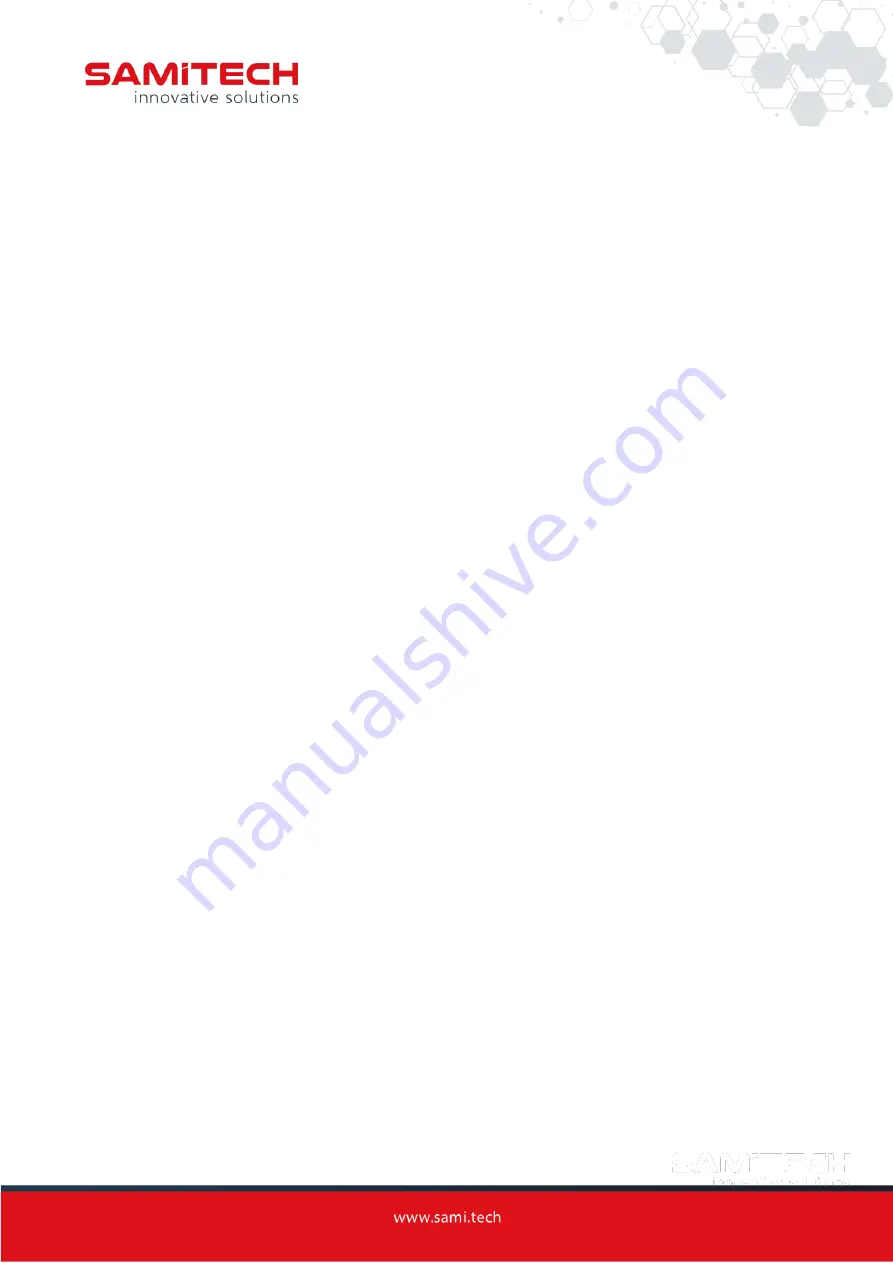
User Manual
11
MANUAL ECOWOOD 2.0 EN.DOCX 03/10/2022
side, it is advisable to make sure in advance with the leak detector that there is no danger of exposure
to radiation and, if there is, the neighbour leaves the sensitive area during the treatment.
Objects that should not be treated:
•
Animals, plants or seeds.
•
Metals.
•
Food & Beverage.
•
Medicines.
•
Electronic, medical and laboratory devices.
•
Cosmetics and toiletries.
•
Pressurized containers (aerosols, sprays, carbon cartridges, fire extinguishers, etc).
1.
Waxy objects (candles, paintings, etc.).
•
Firearms and ammunition.
1.
Valuable objects or objects of special sentimental or irreplaceable value (photos, jewelry, etc.).
•
Documents, money, receipts, etc.
•
Magnetic, optical, solid and mechanical media and storage devices (hard drives, optical SSDs,
USB sticks, videotapes, cassettes, etc.).
•
Flammable, or combustible materials (solvents, oils, glues, paints, lacquers, varnishes, etc.).
•
Printer ink or toner cartridges.
•
Photographic material (films, negatives, developers, paper, etc.).
•
Corrosive or hazardous chemicals (bleaches, cleaners, etc.).
•
Any type of object that can be damaged or deteriorated by heat.
This list of objects is not exhaustive. All objects to be treated should be thoroughly inspected to confirm
that they are suitable for heat treatment. Any other sensitive objects that can be identified by the
operator or customer during the inspection must be removed.
In case of doubts with any object, do not treat it.
Removed objects should be visually inspected for evidence of infestation. If they are infested, and
these objects are not suitable for heat treatment, a suitable alternative method should be used to treat
them.
Estimated treatment durations
Each wood heat treatment is different. The parameters to carry out the treatment will have to adapt
to the object, to the wood
’s
density, thickness and humidity and to the type of pest that you want to
attack.
Remember that insect eggs are found in the deeper layers of the wood; however, the larvae tend to
feed in the outer or inner layers of the bark of the wood. Therefore, the duration of the treatment will
normally be shorter when fighting the larvae than when we want to fight the eggs.














